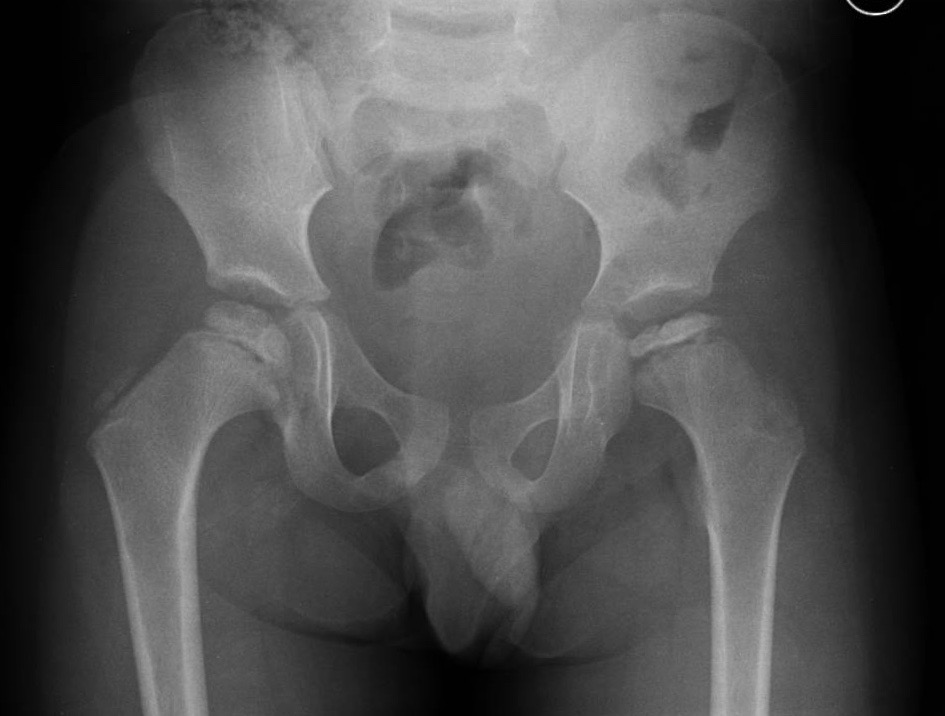What is it?
Perthes disease is a hip condition affecting either one or both hips. It occurs in growing children, more commonly among boys than girls, and usually occurs in children between 4 and 10 years old. For an unexplained reason the blood supply to the femoral head (ball) is interrupted and the bone dies off to a variable extent.
The hip initially looks dense on X-ray and then as the body starts to remove the dead bone the hip becomes fragmented and may collapse. A process of very slow healing then takes place over many months during which time every effort is made to maintain a full range of motion and a round femoral head.
The most common sign of Perthes Disease is limping. Pain may develop and the limp may become persistent. An examination undertaken by an orthopeadic surgeon will usually reveal restriction of movement in the hip and some irritability in the joint.

Who gets it?
There is no known cause for Perthes Disease and it usually occurs in children who are otherwise in good health.
How is it diagnosed?
The hip joint is a ball and socket joint. It consists of the round head of thigh bone (known as the femoral head) with the cup shaped socket (called the acetabulum) of the pelvis. An x-ray will reveal changes to the femoral head consistent with an alteration in the blood supply.
What is the natural history?
The severity and nature of Perthes Disease depends on the age of the child and the level of femoral head involvement. Children with greater involvement of the femoral head, older children and girls are all likely to require more complex treatment. The condition is slow to resolve and healing usually progresses through three phases over a period of 18 months to 2 years.
Although healthy otherwise, children with Perthes Disease may be frustrated by sudden physical restrictions. As they grow, they may once again become physically active in later childhood. As they progress further into adolescence, most will display minimal symptoms.
Once they reach the age of 30, a third of patients will have with no symptoms, another third will have intermittent pain in the hip and a final third will develop arthritis requiring treatment.
How do you treat it?
The aim of treatment is to reduce the stiffness and pain associated with the condition and to prevent any deformity of the femoral head. Regular reviews by an orthopeadic surgeon are vital throughout the time of the disease.
In some cases, the issue may be resolved through treatment of the symptoms alone. This may involve preventing the child from engaging in high impact activities, such as running. In lieu of this, exercise such as swimming is encouraged.
In more complex cases, exercise in springs and slings may be required, or it may become necessary to apply plaster casts to the lower limbs. In some cases, surgical management may be required to protect the hip and encourage recovery.
